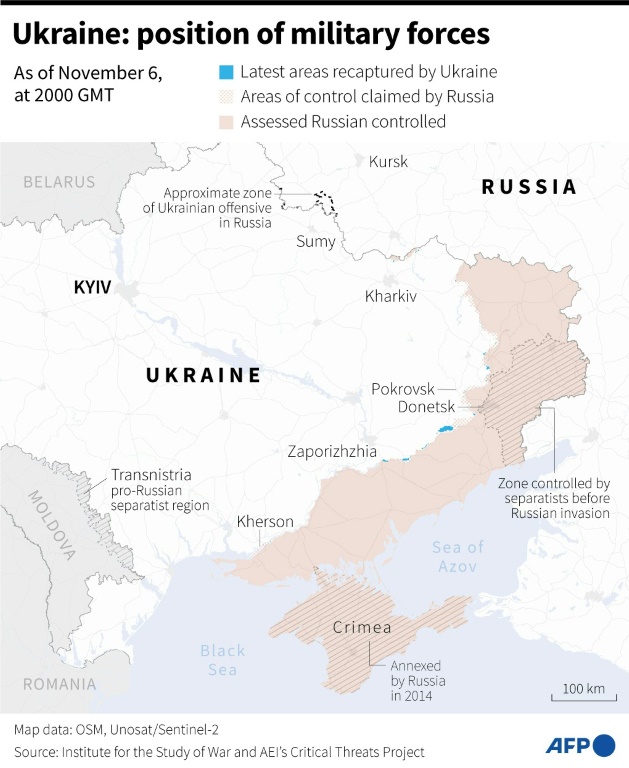If you squint, it’s possible to read federal Environment Minister Steven Guilbeault’s controversial comments about federal funding for road construction and see the faint outline of something the federal government and (most of) the provinces committed to more than seven years ago.
As part of the Pan-Canadian Framework on Clean Growth and Climate Change â which all of the provinces except Saskatchewan and Manitoba approved in December 2016 â the assembled governments agreed to a broad range of principles and goals, including a commitment to support “the shift from higher to lower-emitting types of transportation, including through investing in infrastructure.”
“Shifting from higher- to lower-emitting modes of transportation includes things like riding public transit or cycling instead of driving a car,” the framework said.
Transportation is the second largest source of GHG emissions in Canada, accounting for 22 per cent of the national total in 2021. And it only makes sense to focus public investments in infrastructure, as much as possible, on limiting those emissions.
But there’s still a gap between that broad notion in the 2016 framework and Guilbeault’s recent suggestion that the federal government has decided to “stop investing in new road infrastructure.” The minister fell into that gap when his comments were reported by the Montreal Gazette this week.
In an attempt to dig himself out on Wednesday, Guilbeault said that he was speaking only about major new road construction projects like Quebec’s Third Link; he’d already said that project is “incompatible” with the fight against climate change.Â
“Yes, we’re moving more and more towards electric vehicles, but that in itself doesn’t justify inviting urban sprawl,” he said in 2022.
That explanation didn’t fully explain how the Liberal government views investments in road infrastructure. But the government’s political opponents have already heard enough.
“This prime minister’s radical minister of environment is launching a war on cars,” Conservative Leader Pierre Poilievre told the House on Wednesday.
Roads and highways in Canada are primarily the responsibility of provinces and municipalities. But the federal government can help with building and maintaining them. In fact, it has hardly refrained from helping over the past eight years.
An official map of federally funded projects lists 673 entries under the heading of “roads, bridges and trade infrastructure.” The Canada Community-Building Fund, formerly known as the Gas Tax Fund, transfers more than $2 billion each year to provinces to help municipalities cover costs across a number of areas, including highways and local roads.
Less than a year ago, the federal government committed $153 million toward twinning a portion of the Trans-Canada Highway in Newfoundland. On Friday â a scant two days after the “war on cars” supposedly was declared â the government announced $21.4 million to improve local roads in Prince Edward Island.
But Guilbeault is also not the first person to question the wisdom of major new road construction at a time when reducing greenhouse gas emissions is supposed to be a pre-eminent priority.
What we’re talking about when we talk about roads
The Washington Post and the New York Times have, for instance, reported on concerns that new federal funds for infrastructure in the United States could be counter-productive if a significant portion of that money is put toward expanding road capacity. At least one U.S. study supported those concerns, concluding that emissions would be higher if federal money was put toward building new roads and adding lanes to existing roads.
The problem can be traced to a concept known as “induced demand.”
“Building more roads consistently results in more traffic,” the U.S. study’s authors wrote. “In short, traffic expands to fill the new lanes within a few short years, bringing with it more pollution.”
A year ago, the government in Wales went so far as to cancel a number of major road projects and introduce new rules to ensure future construction is in line with the country’s emissions targets.
Environment Minister Steven Guilbeault said at an event in Montreal on Monday that the federal government ‘has made the decision to stop investing in new road infrastructure.’ About That producer Lauren Bird breaks down Guilbeault’s remarks and why they’ve led to confusion and outrage across the country.
In Canada, there is at least a broad consensus that, where possible, the use of public transit is something to be encouraged. Stephen Harper’s Conservative government introduced a public transit tax credit in 2008;Â Poilievre probably wouldn’t consider that government, of which he was a supporter and member, to be “anti-car.”
(The Trudeau government repealed that tax break â not because of any unfairness to car owners, but because it was simply ineffective at increasing ridership.)
But a blanket statement against new road construction risks â both politically and practically â discounting rural and suburban areas where roads are the best or only option. Roads also tend to be quite popular among many of the people who rely on them.
Be careful around potholes (and hornet’s nests)
“In many ways, the minister walked into a hornet’s nest here,” Matti Siemiatycki, director of the Infrastructure Institute at the University of Toronto, told CBC News this week.
As evidenced by his pivot to the question of Quebec’s Third Link, the minister would have been on firmer ground if he had limited his comments to specific construction proposals. If, for example, the Liberal government was asked to contribute to Ontario’s proposal for a new highway north of Toronto, it would be fair to ask whether that would be a justifiable use of federal funds.
The proposed Highway 413 has been pitched as a way to reduce congestion. But the law of induced demand suggests any such impact won’t last very long. And while it won’t do much to make commuting any easier, the new highway might just drive up greenhouse gas emissions.
(For the sake of reducing congestion, experts often suggest implementing road tolls. Coincidentally, the Ontario announced its intention this week to ban such fees.)
If the Ontario government ever asked for assistance, would it make sense for the federal government to help with the cost of such a project? For the sake of winning a few more votes in the Greater Toronto Area, maybe. For the sake of aligning the policies of the federal government with the goal and necessity of reducing Canada’s emissions, maybe not.
Federal infrastructure spending should take into account the long-term priorities and needs of the country â an uncontroversial idea. Next time, Guilbeault might want to stick to just saying that.







